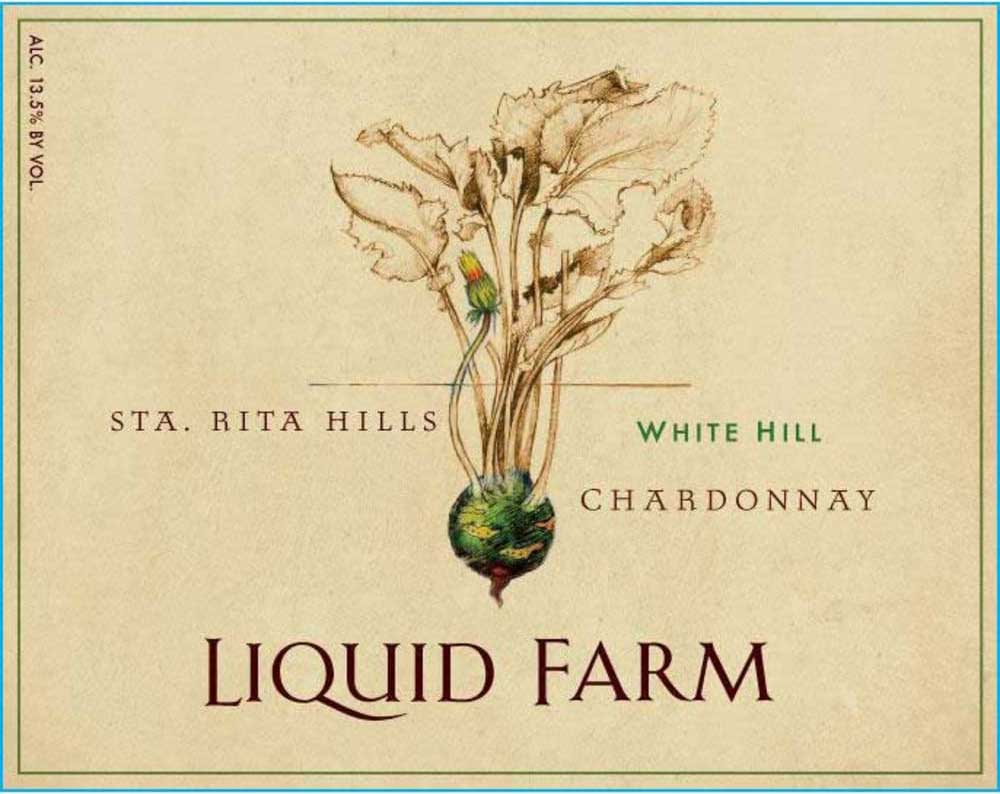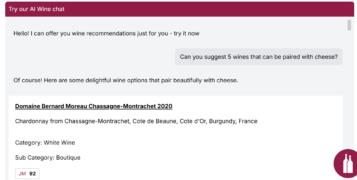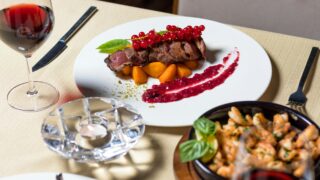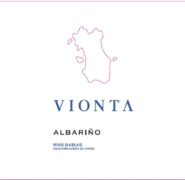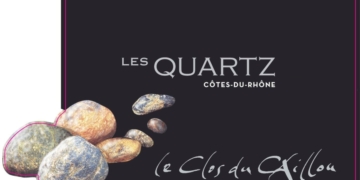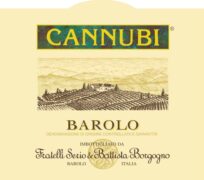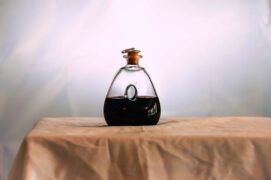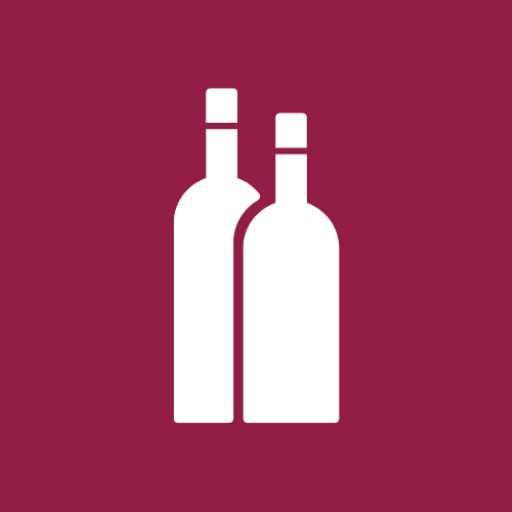Research focusing on female wine consumers has revealed that women are more inclined to buy bottles with “feminine” design elements, according to a study conducted by Washington State University (WSU). Participants in the study expressed a stronger intention to purchase wines with feminine cues on the label.
The study further noted that the effect was amplified among women who strongly identified with their gender group, a concept known as “in-group identification,” according to the authors, who published their findings in the International Journal of Hospitality Management.
Feminine cues on wine labels included features such as images of flowers, female portraits, and playful animals. However, the researchers pointed out that both feminine and masculine cues reflect common stereotypes.
The study aimed to address the need for more research on female consumers in the hospitality industry, especially given that 59% of U.S. wine drinkers were women in 2021, despite the majority of winemakers being male.
In an initial phase, 90 women were asked to categorize various wine labels as masculine or feminine. Labels featuring elements like flowers, cute animals, and female portraits were rated as feminine, while those with imagery such as wolves and stags were labeled as masculine. Images of castles or grape clusters were considered neutral.
The next stage involved 324 participants evaluating fictional wine labels, and women indicated a higher likelihood of purchasing wines with feminine designs. Interestingly, wine knowledge didn’t seem to influence purchasing decisions, although it did affect participants’ taste expectations.
‘Regardless of whether the participants were wine experts or novices, feminine cues on the labels boosted their buying intent,’ explained Christina Chi, a professor at WSU’s Carson College of Business and co-author of the study. She added, ‘Winemakers should consider involving more women in the design process.’
In a follow-up experiment with 138 participants, researchers found that women actually enjoyed wines with masculine labels more than those with feminine ones. The researchers suggest this might be due to a disconnect between the expected flavors associated with feminine labels and the actual taste of the wine.



